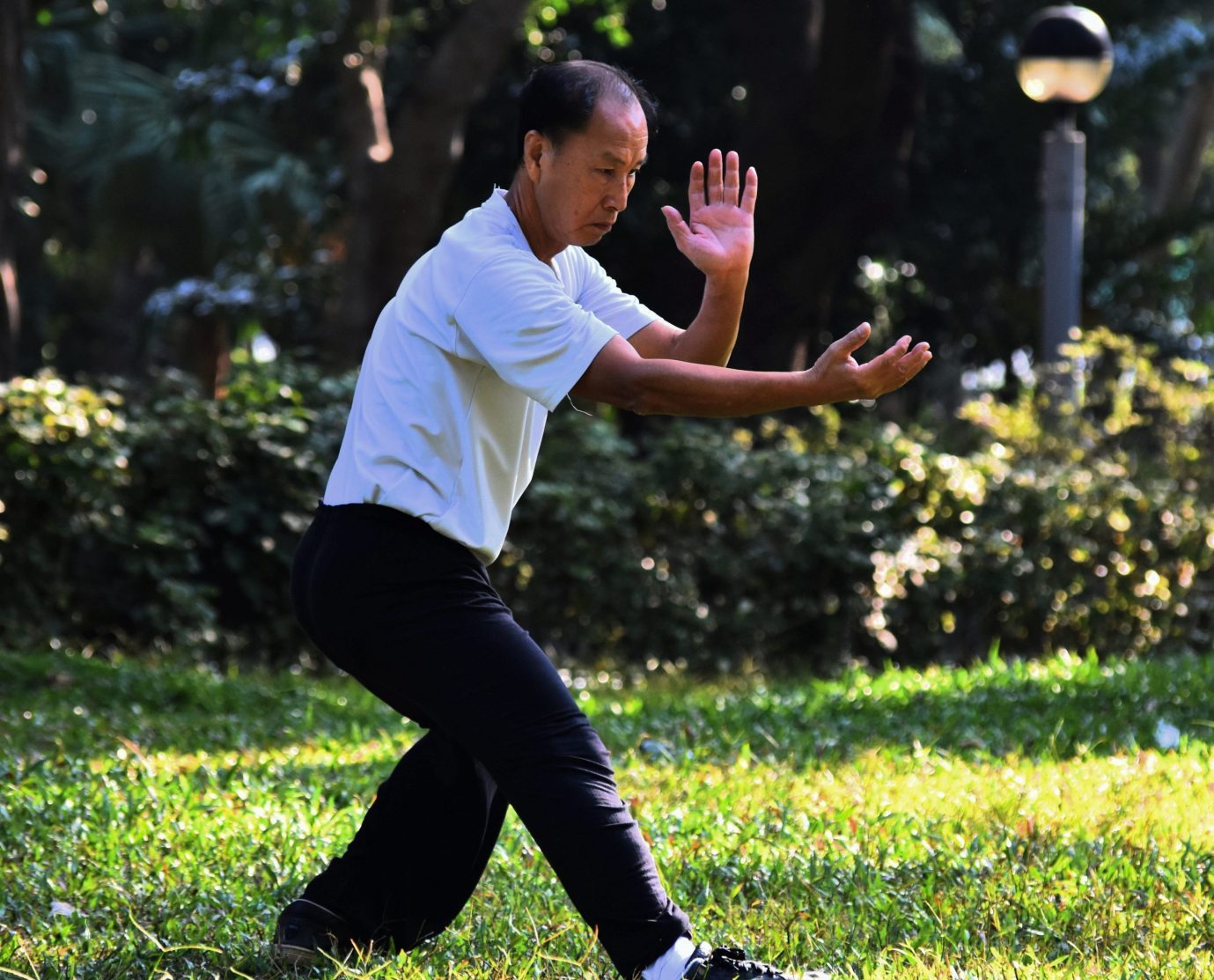I am pleased to share that our latest open access paper ‘Relative Efficacy of Different Exercises for Pain, Function, Performance & Quality of Life in Knee & Hip Osteoarthritis: Systematic Review & Network Meta-Analysis’ is now available in the journal Sports Medicine. Our study shows that exercise therapy, in any form, has clear benefits for people with knee and hip osteoarthritis, but that effectiveness is dependent on both the type of exercise and the type of outcome required.
One hundred and three trials were analysed in this systematic review and network meta-analysis in order to investigate the relative efficacy of different exercises (aerobic, mind-body, strengthening, flexibility/skill, or mixed exercise) for improving pain, function, performance and quality of life for knee and hip osteoarthritis.
We found that all types of exercise significantly improved each of the measured outcomes compared to usual care, with the largest improvements seen in pain and function when either aerobic (e.g. swimming, jogging) or mind-body (e.g. tai chi, yoga) exercise was undertaken. The fact that mind-body exercise is as effective at relieving pain highlights the potential benefit of exercise that might be able to influence dysfunctions with the central nervous systems (central pain mechanisms). This is because other forms of exercise, such as strengthening and flexibility, tend to address issues only at the joint level.
Interestingly, we found that the least effective exercise option was mixed exercise, which was defined as any exercise programme consisting of more than one core exercise, however, it was still significantly more effective than usual care. This may be due to poor implementation and adherence of complex exercise regimes.
The paper is part of Siew-Li Goh’s PhD studies Relative efficacy of different types of exercise in the treatment of knee and hip osteoarthritis and is free to read here as open access. We hope that these findings will help guide healthcare professionals in their prescription of exercise type based on the specific treatment outcomes that are needed for each individual patient.
